Attractive appearance? Complete talent? Vibrant dance moves? Music videos with billions of views?
It is true that Blackpink's appeal is clearly demonstrated in terms of quantity and quality when specifically evaluating this group. However, it would be short-sighted to only consider the success of the girl group, arguably the number one in the world today, without placing Blackpink in the context of the development of K-pop in particular and the Korean cultural industry in general.
A Brief History of K-pop
While K-pop is often associated with the rise of "Hallyu" (also known as the "Korean Wave"), the development of K-pop actually originated in the early 1990s when South Korea was trying to break free from Japanese cultural "colonization" and wanted to find its own shape for the country's music scene.
The group considered to be the pioneers of the K-pop movement was "Seo Tai-ji and The boys", who laid the foundation for self-producing a music product and set the stage for the process of K-pop production later on.
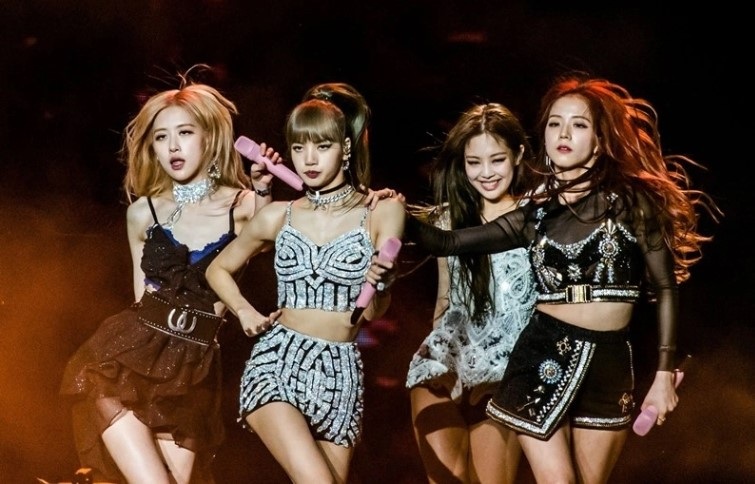
Blackpink is a representative band of the 3rd generation of Korean youth music (Photo: YG).
One of the group's back-up dancers, Yang Hyun Suk, later continued the tradition to create one of the big three in K-pop and Blackpink's current management company - YG Entertainment.
From this simple starting point, K-pop got its first boost when SM Entertainment implemented a "production line" for their music products. From importing the Japanese idol training system to collaborating with music producers in North America, Latin America and Europe, SM Entertainment gradually learned and built an entire team right in Korea.
Along with the Hallyu trend of bringing Korean cultural products, mainly movies, to the world, SM Entertainment and other entertainment companies also began to "export" K-pop.
Best drop point
In more than three decades of becoming a global wave, K-pop has gone through four periods:
* First generation (1996 - 2005), representative groups: HOT, SES, Fin.KL, Shinhwa.
* Second generation (2005-2011), representative groups: Girls' Generation, Super Junior, Big Bang, Wonder Girls.
* Third generation (2012-2018), representative groups: BTS, Blackpink, EXO.
* Fourth generation (2018 - present), representative groups: ITZY, AESPA, IVE, Stray Kids
From Psy's "Gangnam Style" (2012) to BTS's "Blood, Sweat & Tears" (2016) and Blackpink's "Ddu-du ddu-du" (2018), the third generation's music products have conquered international fans and gradually turned K-pop into a global music phenomenon.
There are three factors about the times that help this third generation, including Blackpink, achieve a good landing point and have outstanding appeal.
First , South Korea's miraculous economic leaps are a solid foundation for Hallyu in general and K-pop in particular.
On the contrary, the development of K-pop also brings economic benefits to Korea not only in terms of music from album production, revenue through music sharing platforms such as Youtube, but also an ecosystem revolving around music consumption, such as tourism, advertising, souvenir products, etc.
It is this economic potential that has led to the second lever for K-pop to reach the big sea: Investment from the government. In 2012, the Korean government spent a lot of 257.5 billion Won (about 200 million USD), more than 200% more than in 2011, on developing Hallyu, and ranked Hallyu among the country's key economic export sectors.
Investment numbers continued to increase over the years in the 2010s, and the most recent was a government investment package of 790 billion won (about 600 million USD) for content production businesses to help boost the country's cultural industry.
That recognition and investment shows that Seoul is transforming K-pop into a cultural industry, rather than just a passing musical fad.
Second , in terms of diplomacy, the South Korean government officially recognized K-pop as a diplomatic tool in the Public Diplomacy Act enacted in 2016 - coincidentally the year Blackpink made its public debut.
K-pop has since become an effective bridge to bring Korea's image to the international community.
The third and fundamental factor that created the momentum for third-generation K-pop was the explosion of music sharing platforms and social networks.
K-pop focuses on the singer's image and eye-catching choreography to convince the audience. At the same time, K-pop has been very early to update music products on international platforms such as Youtube, and the development of Youtube helps K-pop reach the global audience as expected.
During 2013-2015, a music streaming platform also began to gain popularity and gradually created a sustainable user base, Spotify. And of course, K-pop also quickly became one of the popular genres on this platform.
The digitalization of K-pop to audiences is further reinforced by the high connectivity of social networks such as Twitter and Facebook - which lay the foundation for connecting international fan communities with Korean idols.
The K-pop fandom of the late 2010s has become more cohesive and developed in terms of organization and subculture.
Fandoms are not simply a group of music consumers, but they create fan culture, connected by group behaviors that help shape who is in and out of the group. This helps K-pop fans have a sense of belonging according to Maslow's Hierarchy of Needs.

Male singer Psy is the owner of the song Gangnam Style which once caused a global fever (Photo: News).
Thanks to the explosion of social networks, fandom building is no longer localized but can cover the whole world. Fans are no longer passive consumers of music, but they create their own idol world such as remixing music, guessing song meanings, creating their own humanitarian campaigns from their idols' names...
Fans are more connected to their idols through live streaming platforms, which helps promote the adoption of fan culture more strongly. Therefore, whether Blackpink or other third-generation groups release less music is not very important for the fandom to exist and develop, as long as the band members still interact with fans.
In short, the appeal of Blackpink that we see today is a manifestation of Hallyu having gone beyond being a wave and is asserting itself as a strong cultural industry.
This is an industry that is leveraging the digital trend, with investment from the government, relevant businesses and long-term growth potential on a highly connected fan community network.
Recommendations for V-pop
In the context of our Government including cultural industry in the development goals of the Cultural Diplomacy strategy according to Decision 2013/QD-TTg, decoding the appeal of Blackpink in particular and the success of Korean music production in general brings important and urgent lessons for Vietnam.
First , the strong growth of Vietnam's economy in recent years is the material foundation for increased investment in infrastructure and businesses related to the cultural industry.
Second , coordination in training and producing Vietnamese music products needs to be prioritized so that the reputation of V-pop does not stop at individual efforts such as some Vietnamese singers collaborating with international artists (such as Son Tung MTP collaborating with Snoop Dog or Duc Phuc collaborating with 911).

My Dinh Stadium was bustling during Blackpink's performance (Photo: Manh Quan)
The rise of the phenomenon "See Tinh" by Hoang Thuy Linh or "Hai phut hon" by Phao shows that V-pop still has the potential to attract a large number of fans, but these are just waves if this musical formula is not replicated throughout V-pop.
Third , put digitalization at the heart of music industry development, specifically capturing digital platform shifting trends, such as the current rise of short videos, and promoting multi-platform development not only for music streaming but also for connecting Vietnamese fans and artists.
Finally, find a unique point that can be exploited as a "brand" for V-pop, a recent example is the rise of modernizing traditional cultural features in V-pop hits such as "Ke thiep mem ba gia" (Hoang Thuy Linh), "Day xe ox" (Phuong My Chi) and "Thi Mau" (Hoa Minzy).
Author: Le Ngoc Thao Nguyen is currently a PhD candidate in Politics & History at the University of Nottingham, Ningbo (China). Her research focuses on public diplomacy, cultural diplomacy and soft power of Vietnam, China and South Korea.
Before that, she had more than 6 years of research and teaching on International Relations at universities in Ho Chi Minh City such as University of Social Sciences and Humanities, University of Economics and Law, Hong Bang International University and University of Economics and Finance, Ho Chi Minh City. She received a Master's degree in Global Politics from Aberystwyth University (UK) and a Bachelor's degree in International Relations from Nottingham University (UK).
Dantri.com.vn



![[Photo] The 18th Hanoi Party Congress held a preparatory session.](https://vphoto.vietnam.vn/thumb/1200x675/vietnam/resource/IMAGE/2025/10/15/1760521600666_ndo_br_img-0801-jpg.webp)

![[Photo] Many dykes in Bac Ninh were eroded after the circulation of storm No. 11](https://vphoto.vietnam.vn/thumb/1200x675/vietnam/resource/IMAGE/2025/10/15/1760537802647_1-7384-jpg.webp)
![[Photo] Conference of the Government Party Committee Standing Committee and the National Assembly Party Committee Standing Committee on the 10th Session, 15th National Assembly](https://vphoto.vietnam.vn/thumb/1200x675/vietnam/resource/IMAGE/2025/10/15/1760543205375_dsc-7128-jpg.webp)

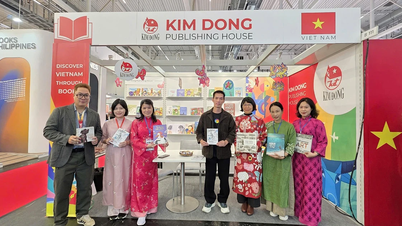

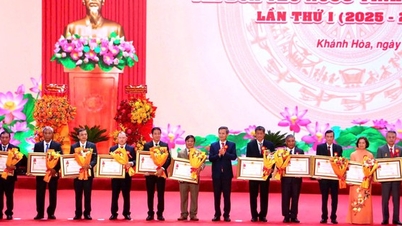



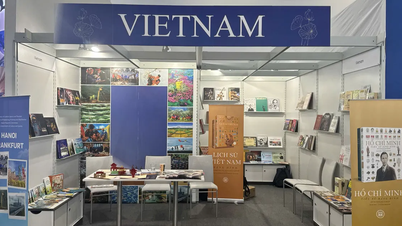

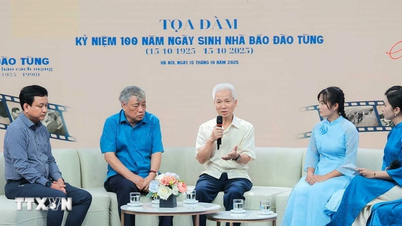











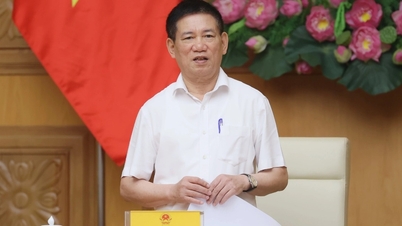






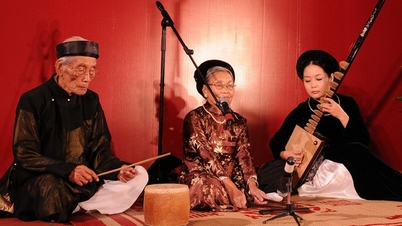





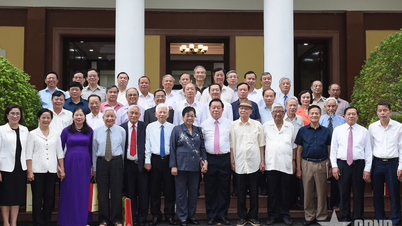





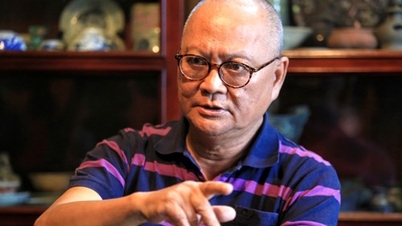
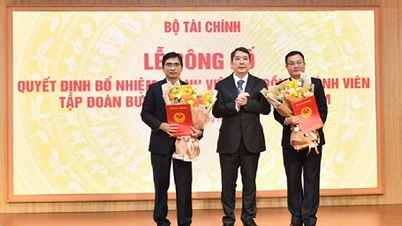

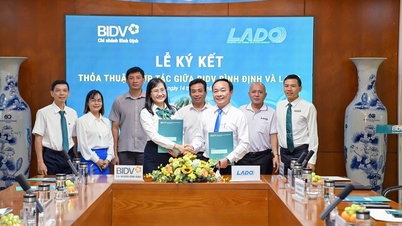

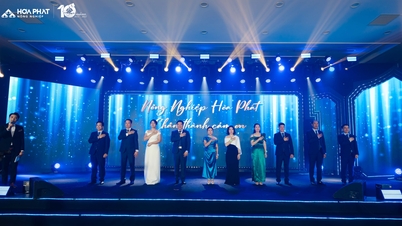






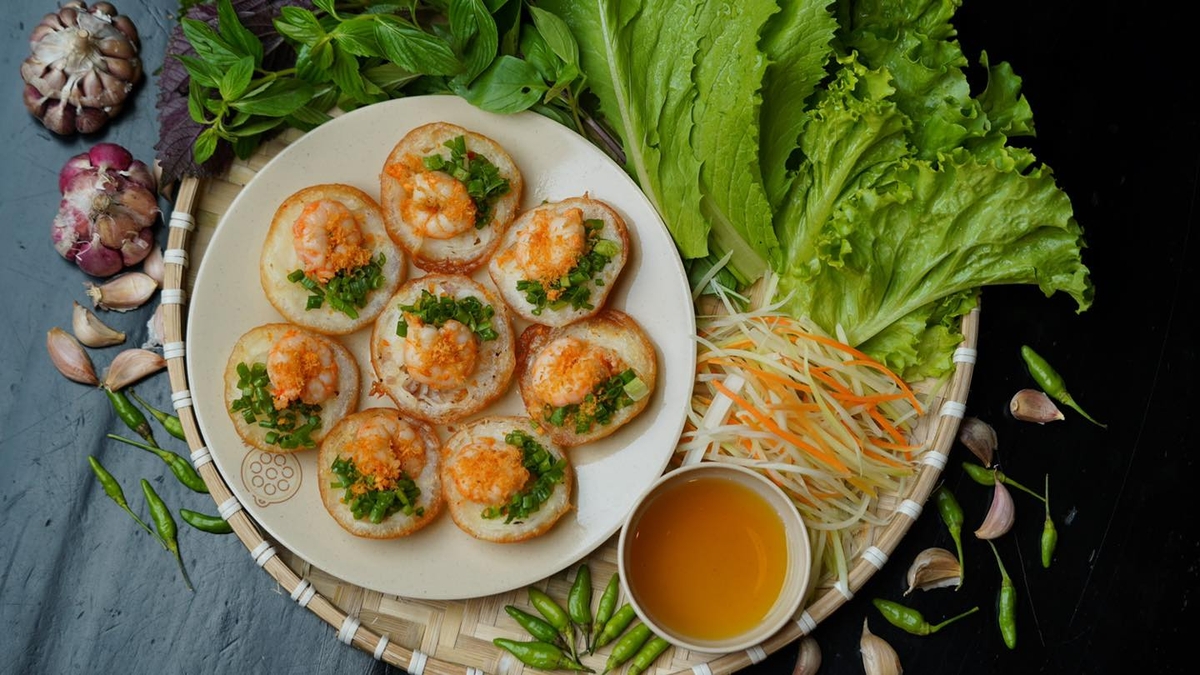

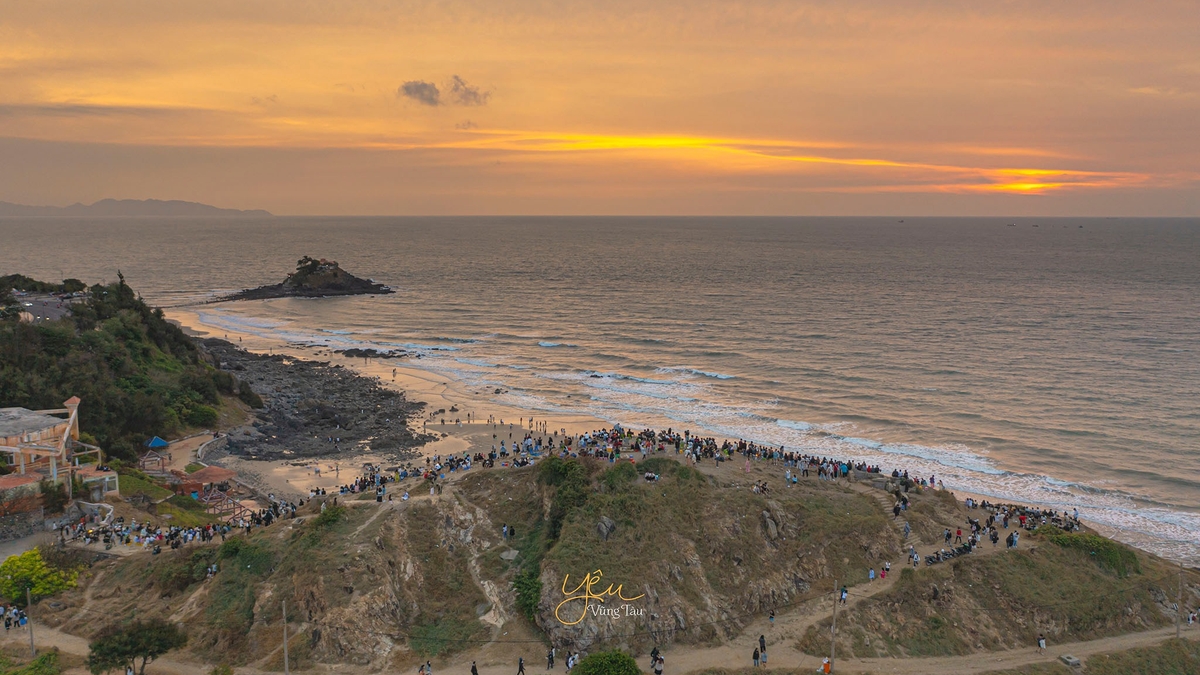
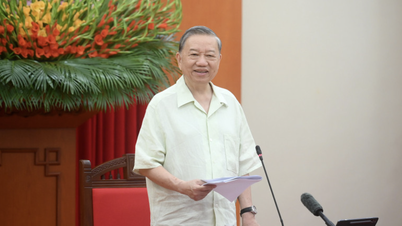


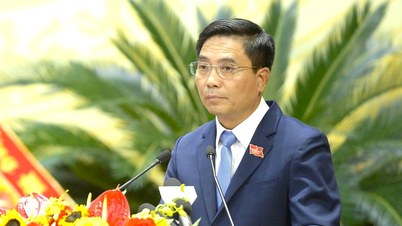

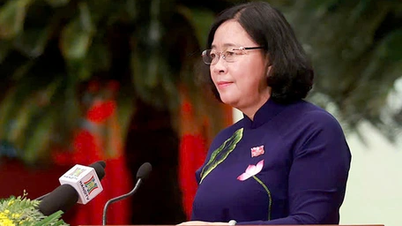

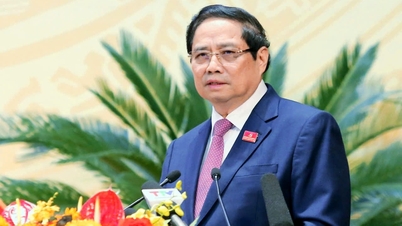


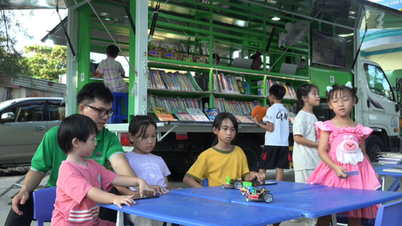


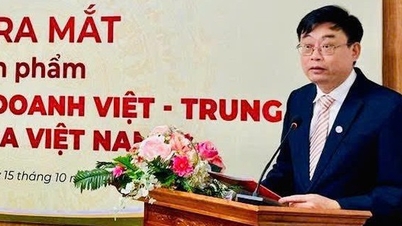


























Comment (0)